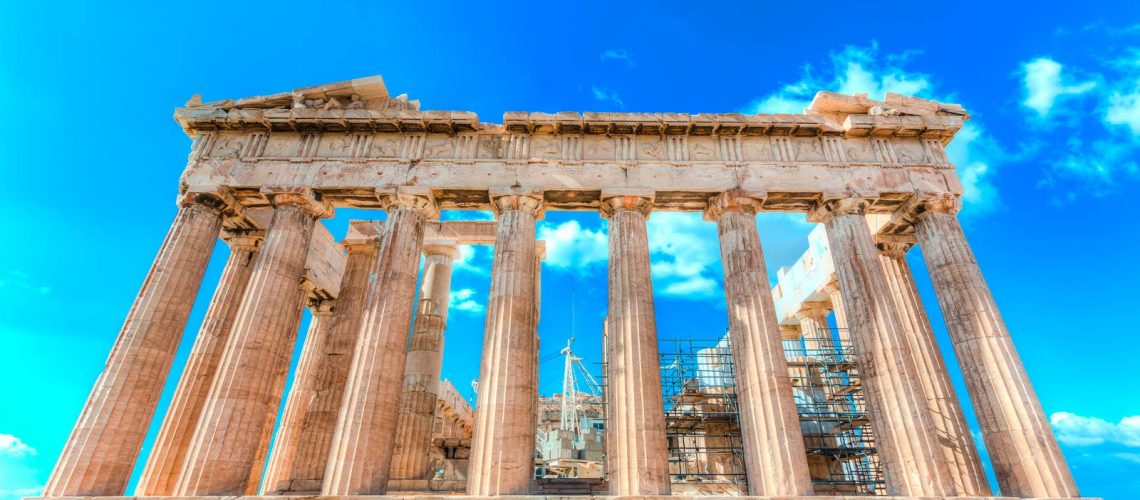The Acropolis is found at the heart of the city of Athens. In Greek, ακρον (akron) means “high” and πολις (polis) means “city,” so acropolis means the “high city.” The Athenians, like in many other instances in ancient Greece, set up a castle on the high sitting plateau of land, as it proved safer against enemies due to its elevation and it was surrounded by a few rivers for easy access to water. This lifestyle of mountainous agriculture combined with the city’s proximity to the ocean is intriguing, as not many civilizations had this kind of living.
After Persia had invaded and destroyed much of the city in 480 BC, Pericles (a prominent statesman) proposed a new building plan for the city to take place during the subsequent “Golden Age of Athens” (460-430 BC).
The rebuilding of the acropolis took lots of money, as the architects and sculptors had envisioned its grandeur. For one, the Athenians built a large 30-foot bronze statue of Athena that stood on the acropolis, overlooking the vast lands below. Athena, the goddess of wisdom as well as war, was known as one of the primary deities that the Athenians honored. They
The main building on the acropolis was the Parthenon. The Parthenon was a temple that was built in honor of Athena. The architecture of the building is in the form of the Doric order, a style characterized by simple columns.
When I visited the acropolis this past summer, I was amazed at the scale of the site, despite much of it being in ruins. One fun fact about the Parthenon is that there are no intended straight edges to the building. Each line is slightly curved to give the columns a flat illusion when viewed from any angle. As I approached the Parthenon, I marveled at its size and imagined what it would have looked like in all its glory and color. And as I looked down at the curved steps below me, I knew what I had read online was true.

